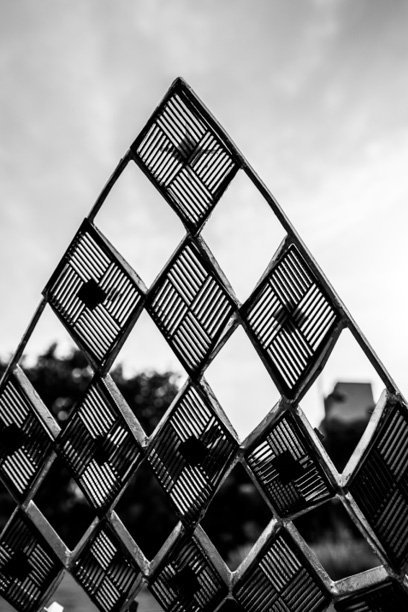This special section covers an out-of-the-box design with steel as an essential element of the design. The main aim of this section is to showcase how steel can be innovatively used in today’s world of architecture.
Here’s Ar Swapnil Jaggi, Principal Architect, Swapnil Jaggi Architects, unveiling their out-of-the-box design, that ought to turn the tables in the future…
The design is to make a notorious image that explains the Idea of India for now & tomorrow. An idea that speaks on behalf of the people of India. Simultaneously, creating a Landmark and visualizing a milestone that won’t ever stop in its goal to astonish, despite the time in which it is seen.
Chaturanga means “four limbs”, or “four parts”, it is a poetic reference to the four divisions of the army as used in India in ancient times. The idea of replicating this into sculpture is to connect the people of India to its cultural and historical inheritance and to acknowledge it and preserving its momentousness.
The Design speaks “of the people and for the people”.
Relevance Between Chaturanga and India
Different People:
Chaturanga is a constituent of four different components, namely – Elephants, Chariot, Horseman and Foot soldiers. All these components are required to protect the king by working in harmony. Similarly, different Creators, Innovators, Builders, Leaders coming together to represent Young India.
Diversity in Color:
In chess the game is represented by two colours, black and white. White is the one that is formed by the blending of all the colours and black reflects all colours. Similarly in India, its diversity in religion, race and colour, is what represents it as one nation, giving it a unique identity in the world.
Historical significance:
India has a rich historical legacy and has witnessed some great warriors and rulers which in time has made India what it is now. Chaturanga originated in India, and then was developed by the Persians and popularized around the world by them, with the name of Chess.
Population:
In chaturanga the majority population is of the foot soldiers, one of the most useful and powerful pieces on the board, even though the smallest in representation. This is a relatable fact with the Indian population, where 65% of its population is under the age of 35 years. It is one of the youngest yet the fastest developing countries in the world.
Representation of India and Chaturanga:
A confluence of varied geographic regions, languages, religions, cultures and traditions, India is a diverse nation and there are yet other aspects that divide us, from diversity in cuisine, occupation, celebrations, family structures, sports, music, dance to values.
The concept:
The chess board consists of total 32 pieces out of which one of the main is the Queen, one of the main protectors of the king and is free to move in any step in any direction.
The foot soldiers, which are 8 in no. for both the teams, in most amount on the board, but with the least power and only one step at a time, represents the majority population of the country. Which keep on rising as they move further. Just like when it reaches the end of the board it has the ability to turn into a Queen, the most powerful playing piece on board which is the same for the country.
The king is one who needs to be protected. Representing the functioning of the country, the democracy of it. In Chaturanga, as each pieces have their own value and are strategically used for moving & ultimately winning, Similarly, India having the huge diverse sectors working with different strategies, goals to be one of the Developing Country in the world.
Design:
The design aims to rejuvenate the path of India in terms of its cultural inheritance, global representation and the path of democracy. It acts as hope, possibilities of the future, ambition and Pride.
The sculpture is to symbolize unity, strategy and diversity of India. The interaction with the people is through the sense of the sculpture just being there. It is majorly based on perception of the public what they take from it. The play of light and shadow in the sculpture, makes it more alluring and interactive for the people. The sculpture provides peace, joy and calmness whatever the user is seeking.
The structure uses Yst 300 Hollow – Steel Sections , which are best suited to provide the needed fluidity , aesthetic to the design.
Architect’s Interpretation:

“The design is to make a notorious image that explains the Idea of India for now & tomorrow. An idea that speaks on behalf of the people of India. Simultaneously, creating a Landmark and visualizing a milestone that won’t ever stop in its goal to astonish, despite of the time in which it is seen. Chaturanga means “four limbs”, or “four parts”, it is a poetic reference to the four divisions of the army as used in India in ancient times. The idea of replicating this into a sculpture, is in context to connect the people of India to its cultural and historical inheritance and to acknowledge it and preserving its momentousness.”
Swapnil Jaggi, Principal Architect, Swapnil Jaggi Architects





